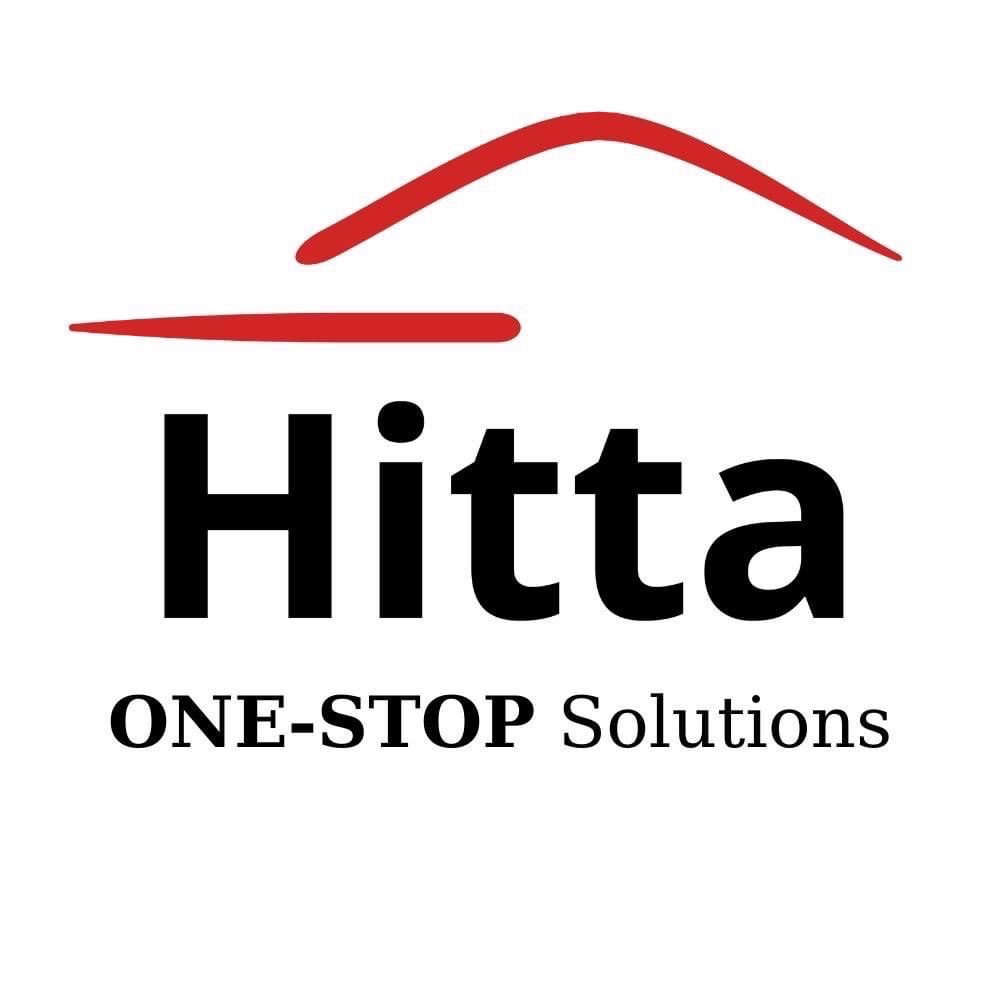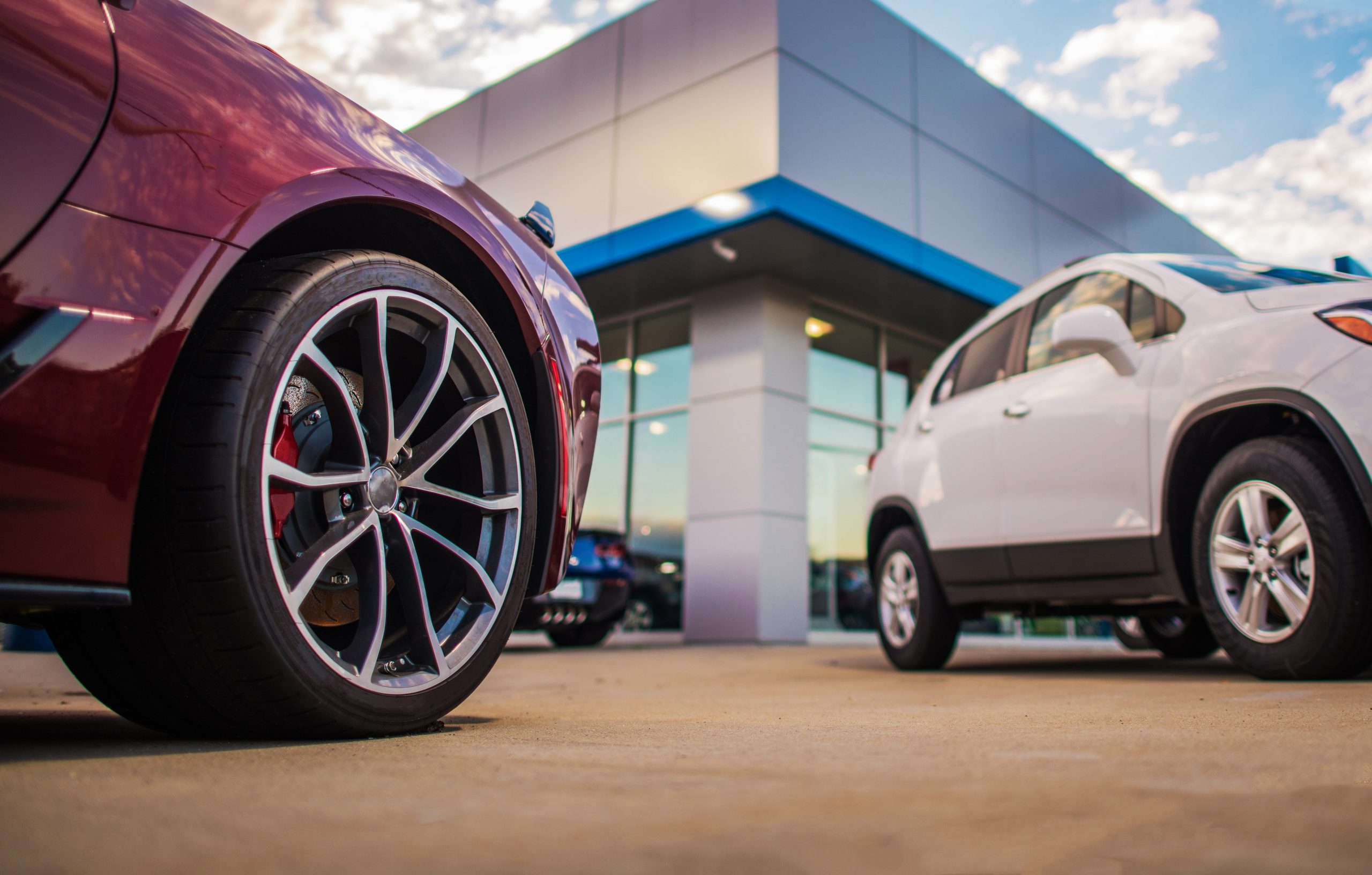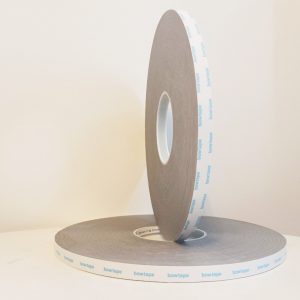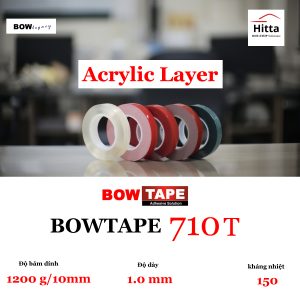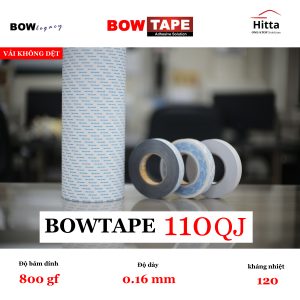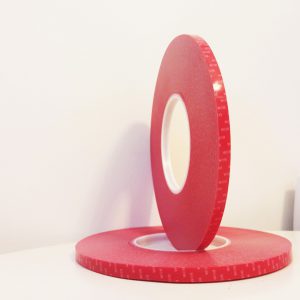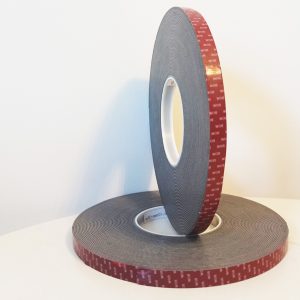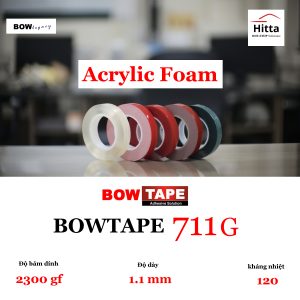Let’s explore with Hitta how reinforced tape has changed and shaped the automotive industry.
Market Demands
Reinforced tape specifically designed for the automotive industry has seen significant development in the 21st century. Traditional connection methods such as clips, screws, and bolts have fallen short of meeting the demands of the automotive market. The industry now faces increasing pressure to address the following issues:
- Weight reduction of vehicles.
- Enhanced durability.
- Improved aesthetics.
- Noise reduction.
- Minimized maintenance.
- Increased longevity.
- Streamlined assembly.
- Optimization of production line time
- Băng keo cường lực dán kính ô tô
- Băng keo cường lực cho lắp ráp ô tô
- Băng keo cường lực cho dây chuyền sản xuất ô tô
- Tư vấn dán kim loại với kim loại trong ngành lắp ráp
- Tăng tốc độ lắp ráp ô tô với băng keo siêu dính
The Evolution of Technology
The emergence of PSA adhesive has become an alternative solution to traditional bonding methods and has gradually become more popular. The ability to bond various materials is a significant advantage as cars are no longer predominantly made of steel. According to experts’ predictions, by 2035, fewer than half of all vehicles will be steel as a result of the substitution with lightweight plastics, composite materials, and magnesium.
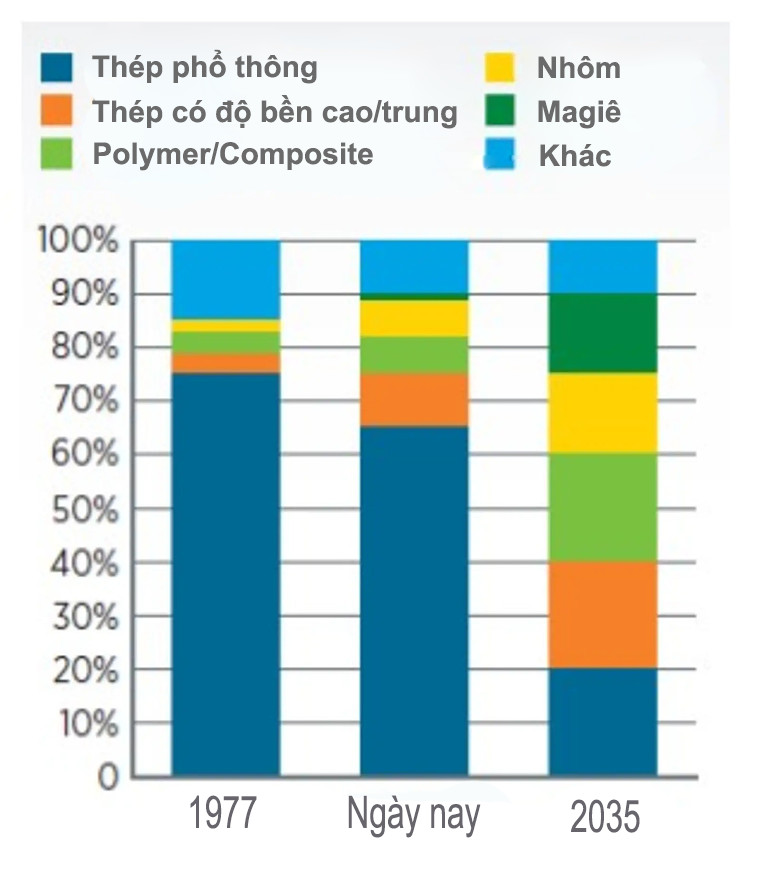
Automotive-grade adhesive tape is often used to bond different material surfaces that welding and screws would either not be able to bond or bond poorly. Additionally, transitioning assembly steps to using automotive-grade adhesive tape brings many benefits, increasing production line efficiency while simultaneously reducing costs.
Certain situations in the automotive industry necessitate the use of high-strength adhesive tape:
Automotive-grade adhesive tape serves three main purposes, although each purpose is manifested in various forms and areas of the vehicle, including:
- Bonding two surfaces together or securely attaching components to substrates.
- Protecting surfaces from abrasion, impact, moisture, chemicals, vibrations, or other threats.
- Coating a surface and altering its appearance, transparency, or texture to achieve desired aesthetics.
Each of these purposes is further exemplified in specific cases such as dashboard assembly (for bonding), exterior chip protection (for protection), and paint replacement for doors and frames (for coating). Integrating all three purposes enhances the value of the automobile.
Here are the added values that automotive-grade adhesive tape brings to automobiles in particular and the automotive industry in general:
Vibration Damping

Vibration damping is a significant value-added feature for automobiles, as it addresses numerous issues in automotive design. According to a study, the increasing demand for noise reduction, vibration damping, and durability in automobiles is a driving factor in the automotive adhesive tape market forecast from 2019 to 2025. The study indicates that automotive manufacturers are enhancing the deployment of noise-reducing materials and shifting their focus towards improving the quality, comfort, and durability of small and medium-sized vehicles.
Double-sided acrylic adhesive foam tape provides a cushioning layer that absorbs vibrations between bonded substrates. While this may seem trivial, the ability to dissipate energy can prevent component damage or the creation of annoying rattles and squeaks. Single-sided adhesive tape can be applied as a liner and used in other areas of the cabin.
The vibration-damping characteristics of adhesive tape construction offer additional benefits such as higher applicability (can be used on difficult-to-bond LSE surfaces or structurally complex surfaces) and the ability to compensate for thermal expansion while maintaining a durable bond.
Crack Prevention
Crack prevention or impact resistance is deployed to protect areas prone to heavy impacts from hazards on the road such as gravel, mud, stones, and debris causing scratches, peeling, or chipping of paint in areas such as:
- Front bumper.
- Mudguards.
- Hood.
- Side mirrors.
- Headlights.
Transparent adhesive tape performs better than other solutions that are more difficult and expensive, such as liquid ceramic coatings. This is because adhesive tape with PSA adhesive makes installation easier, optimizing assembly costs. The best types of adhesive tapes include multilayer structures with unique functions:
- A water-resistant clear coating layer.
- Self-healing elasticity.
- A durable urethane (poly) layer that absorbs impacts.
- And a transparent acrylic adhesive layer.
(The composition may vary depending on the type of adhesive tape and application.)
These advantages contribute to increasing the lifespan of the paint surface, and the self-healing ability helps improve the overall quality of vehicle design.
Adhering Different Surfaces
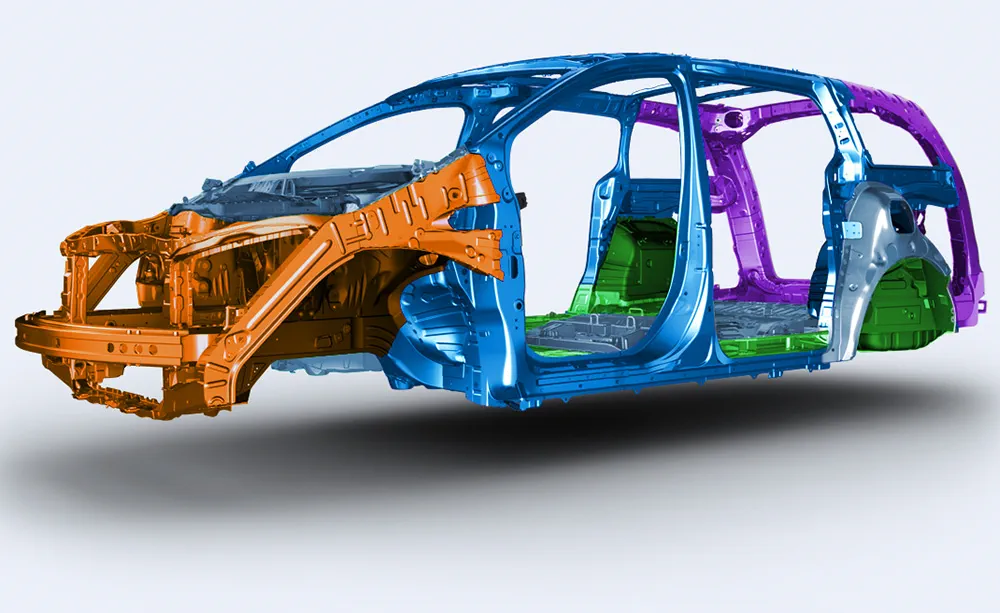
Currently, many OEM manufacturers are introducing hybrid vehicle body structures, combining plastics and composites with traditional steel and lightweight alloy components. The deployment of these components is expected to drive demand for specialized automotive adhesive tapes due to the tape’s bonding ability with difficult-to-bond substrates.
Mixed materials in automobile bodies pose a challenge for traditional bonding methods. Whether it’s steel/aluminum, difficult-to-bond materials with low surface energy (thermoplastics like polypropylene or polyethylene), or differences in thermal expansion coefficients, automotive adhesive tapes meet these challenges.
Cushioning Layer
Automotive adhesive tapes with foam layers are ideal products for reducing pressure from impacts both inside and outside the vehicle. They are often used for:
- In luggage racks and roof surfaces to reduce the impact of loads.
- Around doors, body panels, and door frames to absorb shocks when closing.
- As a cushioning liner in cup holders or dashboards to increase grip while absorbing impacts.
- For seat belts and fuel tank pads to provide shock absorption and friction protection against wear from friction.
The flexibility of the foam layer in automotive adhesive tapes also creates a tight seal, helping to keep moisture, dust, wind noise, and weather from entering door openings, windows, etc.
Paint Replacement
Painting small or uniquely shaped components is a complex process that is time-consuming and costly. Many automotive manufacturers have shifted from painting to applying replacement films for areas such as doors, pillars, and frames because these film layers can provide colors like black paint (or even chrome trim) without affecting the production process.
Attaching Small Components
Many small components need to be attached to the interior and exterior of vehicles: logos, trim, mirrors, rubber seals, etc.
Automotive adhesive tapes made of polyurethane (PUR) or acrylic foam serve the project’s needs. The foam core has remarkable tensile strength, while the acrylic foam is highly flexible and resilient.
Therefore, they are extremely suitable for adhering small components of the dashboard to withstanding the harsh environment of the engine compartment.
Light Shielding
Light shielding is applied in automobile assembly to create light-blocking frames around window glass and prevent gaps for moisture, liquids, or light to enter unwanted areas. OEM units prefer light shielding tape because it is much more cost-effective than other solutions for similar tasks.
The value of structural adhesive tape for automobiles

Almost every case of using structural adhesive tape for automobiles adds value in some or all of the six values below. Due to these advantages, new applications and uses are being applied or even standardized in the industry every year. There is still a long way to go before the potential of structural adhesive tape for automobiles is exhausted.
Cost reduction
Metal welding entails much higher labor costs than bonding structural adhesive tape for automobiles, as it requires training, cumbersome tools, and checking for defects that are difficult to detect in QA. Structural adhesive tape is extremely simple to apply and provides more stable quality at lower manufacturing costs.
Savings also increase as dependence on expensive tools (drills, torque wrenches, painting equipment) decreases. PSA tapes help reduce costs because they are easy to apply. Tape also takes up less manufacturing space because you can eliminate separate areas for primer painting, painting, and maintenance.
Time savings
Time is money. The curing time (waiting for drying) of adhesives, epoxies, and paints slows down the production process. Welding does too. In contrast, structural adhesive tape requires no waiting and adheres immediately. This helps workers use it faster and more easily, speeding up production time and increasing value.
Faster bonding, lighter finishes will also reduce physical strain on workers, increase their productivity, and accuracy in the time they spend.
Simplified processes
Structural adhesive tape, thanks to PSA adhesive, helps automobile manufacturing and assembly eliminate additional steps and complex processes. Parts bonded together do not require drilling or punching holes, and assemblers do not need to measure torque or extensively check for tightness.
Structural adhesive tape can be applied quickly and accurately like rivets and screws, without the time-consuming process of creating drill holes. These holes weaken the substrate (material surface) and lack full contact bonds for lasting bonding.
Weight reduction
C
Lightweight technology is one of the main drivers shaping the future of the automotive value chain by 2025 and beyond. Structural adhesive tape for automobiles is suitable for that future, especially double-sided tapes.
The US Department of Energy has found that reducing vehicle weight by 10% can improve fuel savings by 6% to 8%. Changing traditional mechanical connections helps reduce vehicle weight, saving energy and maintenance costs.
Increased durability
Durability helps bond the entire surface area of the substrates. Traditional bonding methods often require perforations that can affect both the durability of the surface and the overall strength of the vehicle. The stress concentration of these old bonding methods can even weaken the assembly process, making components more susceptible to warping or tearing compared to structural adhesive tape, which disperses stress evenly along the entire bond.
Value over cost
The automotive industry often focuses on cost, but price isn’t everything. What’s more important is the total value achieved compared to the cost expended. Structural adhesive tape for automobiles has gradually become widely used because it not only cuts costs but also adds value.
As the exclusive distributor of BowTape structural adhesive tape in the Vietnamese market, Hitta JSC has the capability, expertise, and knowledge of BowTape products and solutions that the company distributes, bringing more value and maximizing profits for Hitta JSC’s partners and customers. Contact information:
- ☎️ Hotline: 090.8611.011 (Mr. Dương).
- ✉️ Email: hittajsc@hitta.vn
- Tại sao nên sử dụng băng keo cường lực BowTape?
- Tại sao nên sử dụng băng keo cường lực?
- Giải pháp băng keo cường lực

